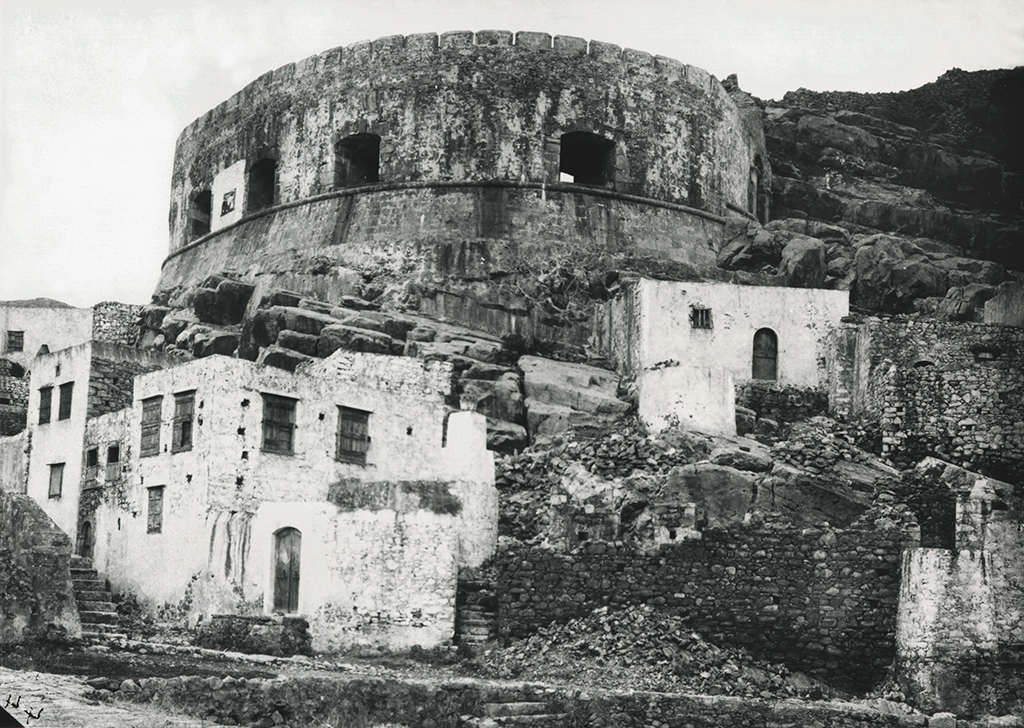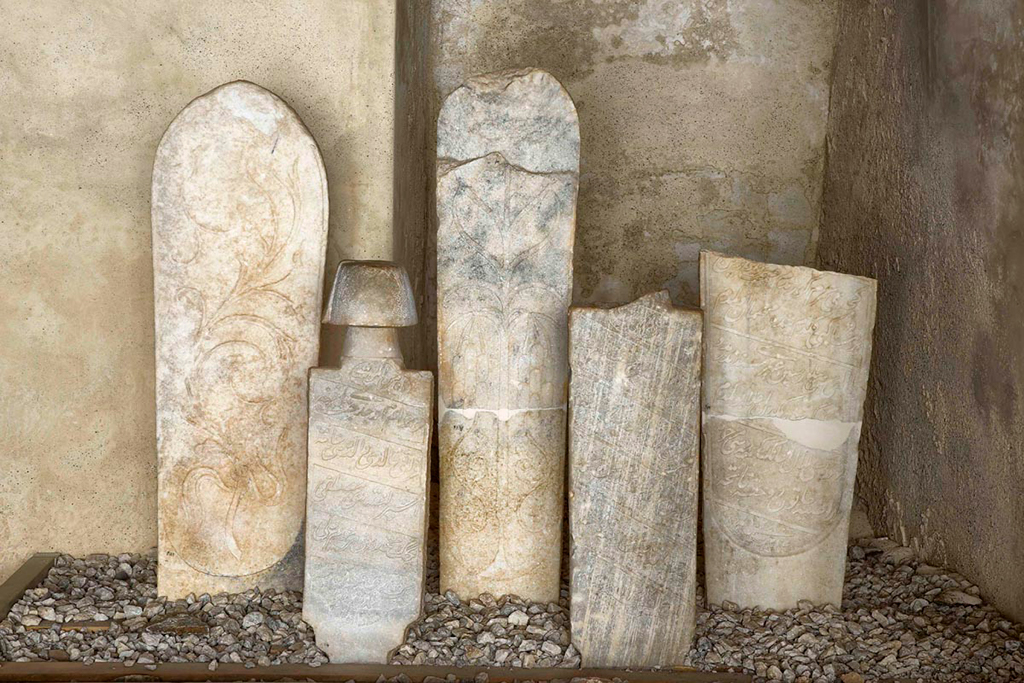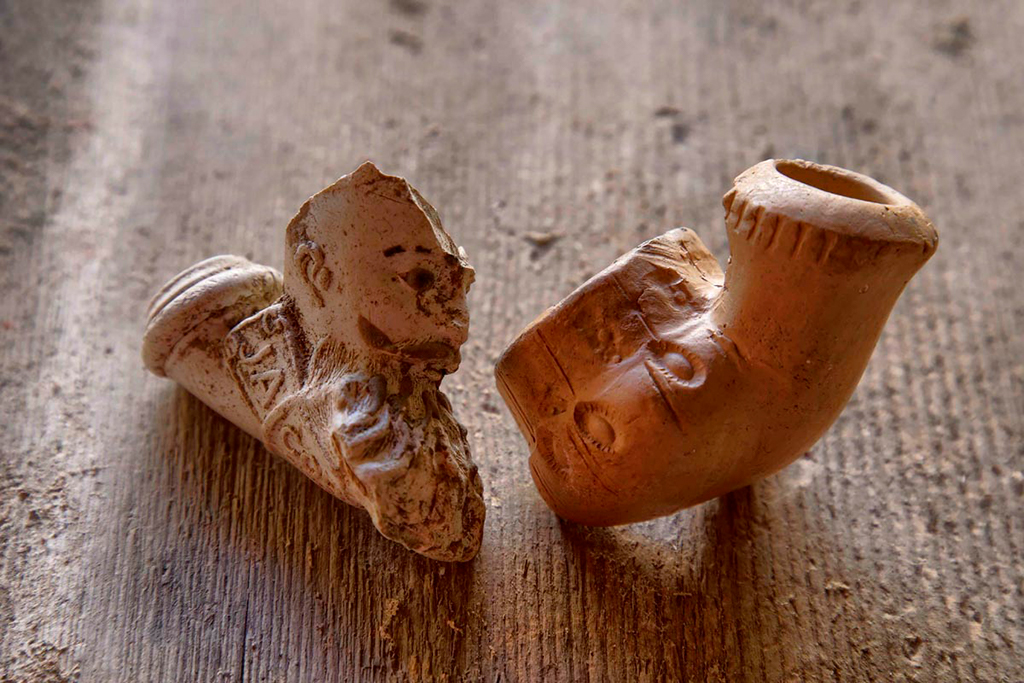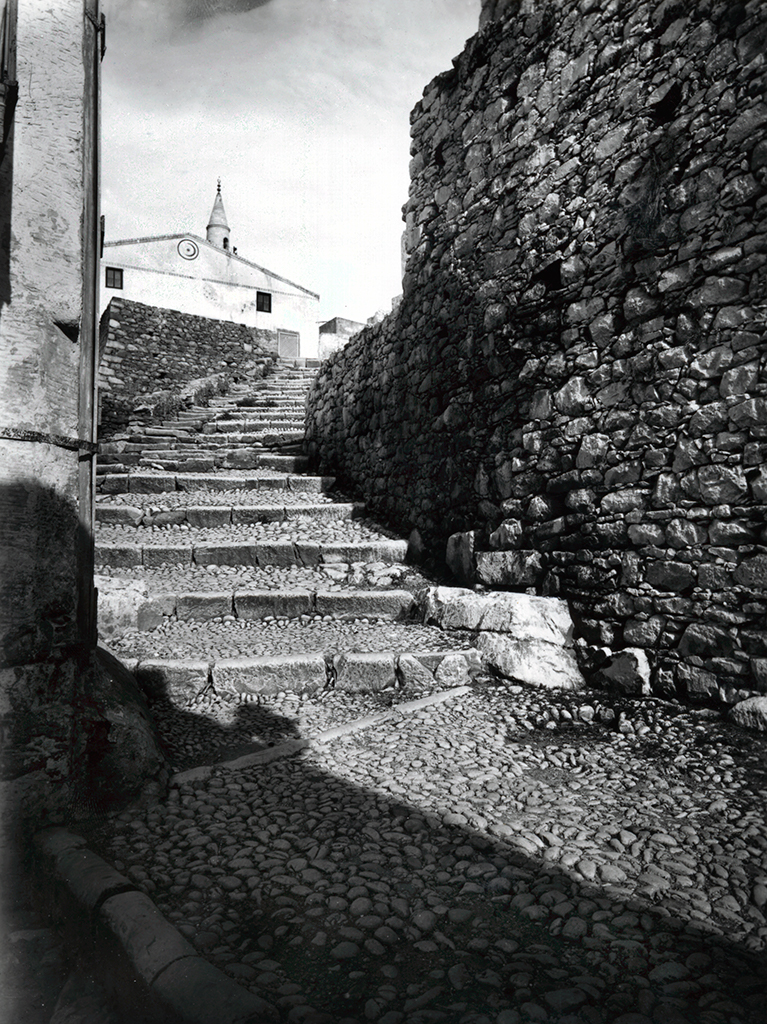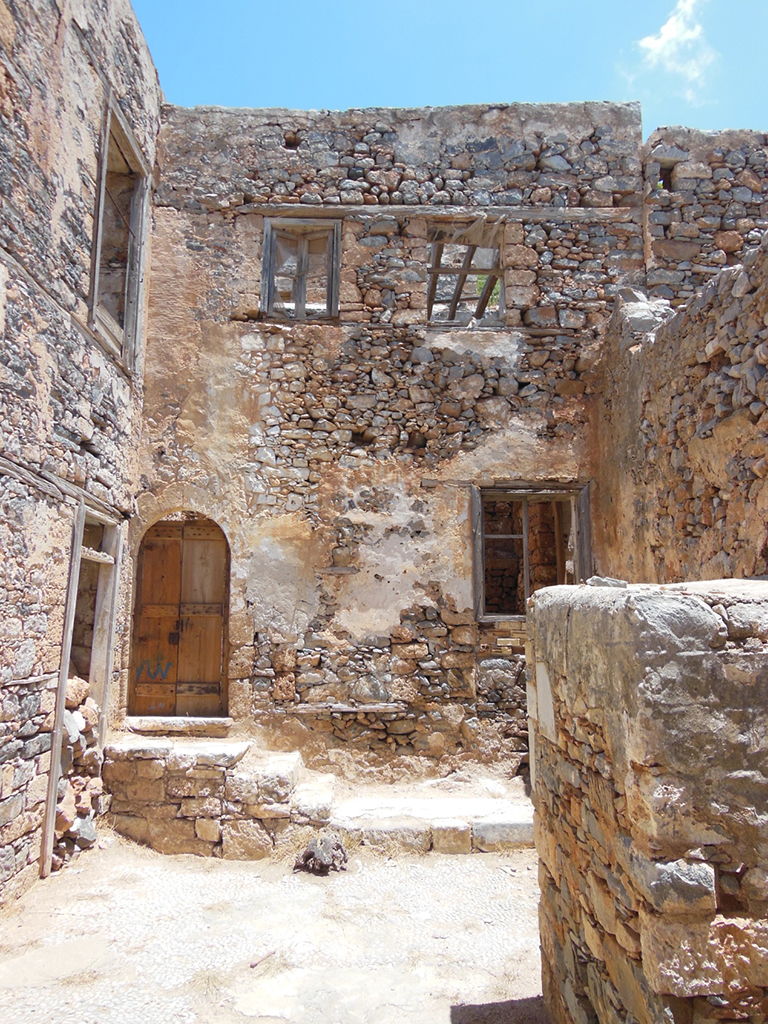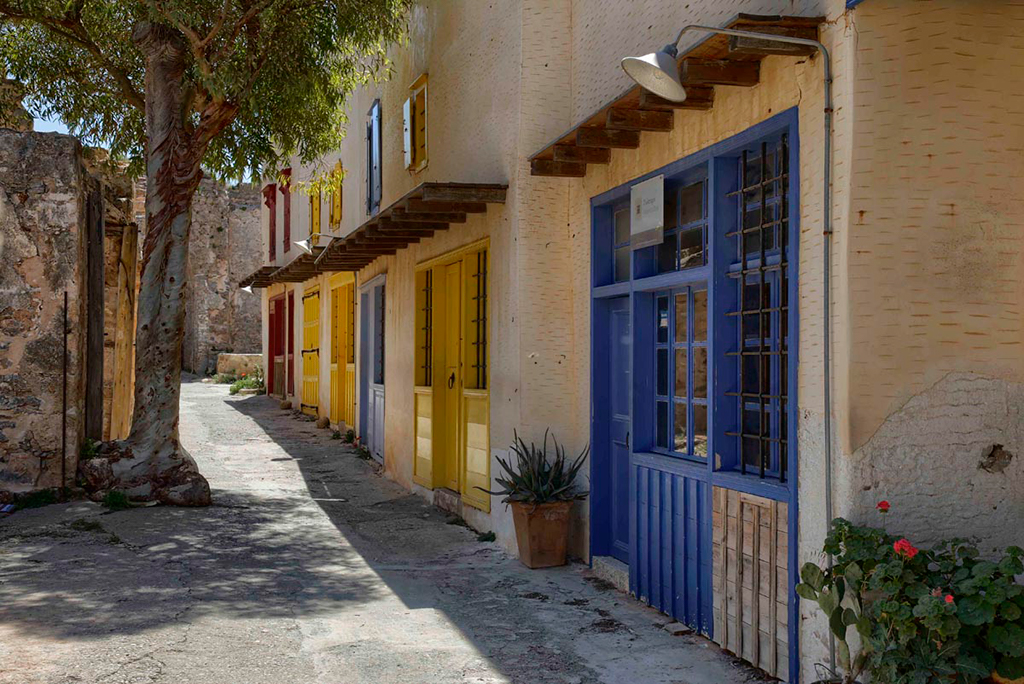The daily life in the ottoman settlement
In Spinalonga during the Ottoman period, some soldiers are salaried government officials and hold their positions for life. Their lives differ from the soldiers of the Venetian period, as the Muslims live in the fortress with their families, which helps to overcome loneliness and isolation. Furthermore, the integration of the inhabitants of Spinalonga into the Janissary Corps did not exclude them from engaging in other professions.
The total population of the settlement in the early 19th century is estimated to be between 800 and 1400 individuals, while by the end of the 1870s-1880s, the island's population stands at 1112 inhabitants (227 families). In fact, in 1886 Spinalonga is recognised as a municipality.
The society on the island exhibits urban characteristics. The inhabitants are mainly merchant marines, general and retail merchants, sailors, and shipowners involved in individual and cooperative enterprises. They distribute the local production, supply the region with products of every kind, and meet the transportation needs of Christians and Muslims. Farmers and landowners are just over 10%.
The urban character of the population is evidenced by the high literacy rate, especially among women, a rate even higher than in the three major urban centres of Crete (Chania, Rethymno, and Heraklion). Spinalonga has a preschool from the 18th century, while in 1881, a two-year secondary school was established on the island.
Contrary to the narratives by European travellers, who characterise the population of the island as introverted and isolated from the Christian inhabitants of the region, it seems that the people of Spinalonga have created a large settlement with trade contacts extending from Chandax (Heraklion) to the Cyclades, the Dodecanese, and Western Europe in the first half of the 18th century.
Houses of the Ottoman settlement in the south-eastern part of the islet under the Moceniga demi-lune. ©Vikelaia Municipal Library of Heraklion, Archives Department, G. Gerola Collection
The Muslim settlement develops gradually on the southern and western sides of the island, destroying or/and modifying most of the facilities of the Venetian period. It is densely built and organised into at least eight districts. Distinctive features from houses in the Balkans and Asia Minor are evident in the architecture of the houses. The old street axes are improved and continue to be the main streets of the settlement. A plethora of narrow cobblestone passages are also constructed. One of the settlement's cemeteries is organised on the eastern side. A mosque is built where the Catholic church of Agia Varvara is located in the western part of the island. Cafés and shops exist on the southern part of the central road, most utilising the upper floor as an auxiliary space. There are also shops outside the walls, on the seafront to the island's south.
Photo Gallery
Terracotta tobacco bowls from tobacco pipes. The tobacco bowl consists of a container where tobacco is burned. A wooden stem that ended in a mouthpiece was connected to it. Often, the latter was omitted for the more instant pleasure of the smoke coming straight from the edge of the wooden stem. ©Ephorate of Antiquities of Lasithi
The facade of the house 104 before the restoration. ©Ephorate of Antiquities of Lasithi.
Aspect of the shops of the Ottoman period ©Ephorate of Antiquities of Lasithi


